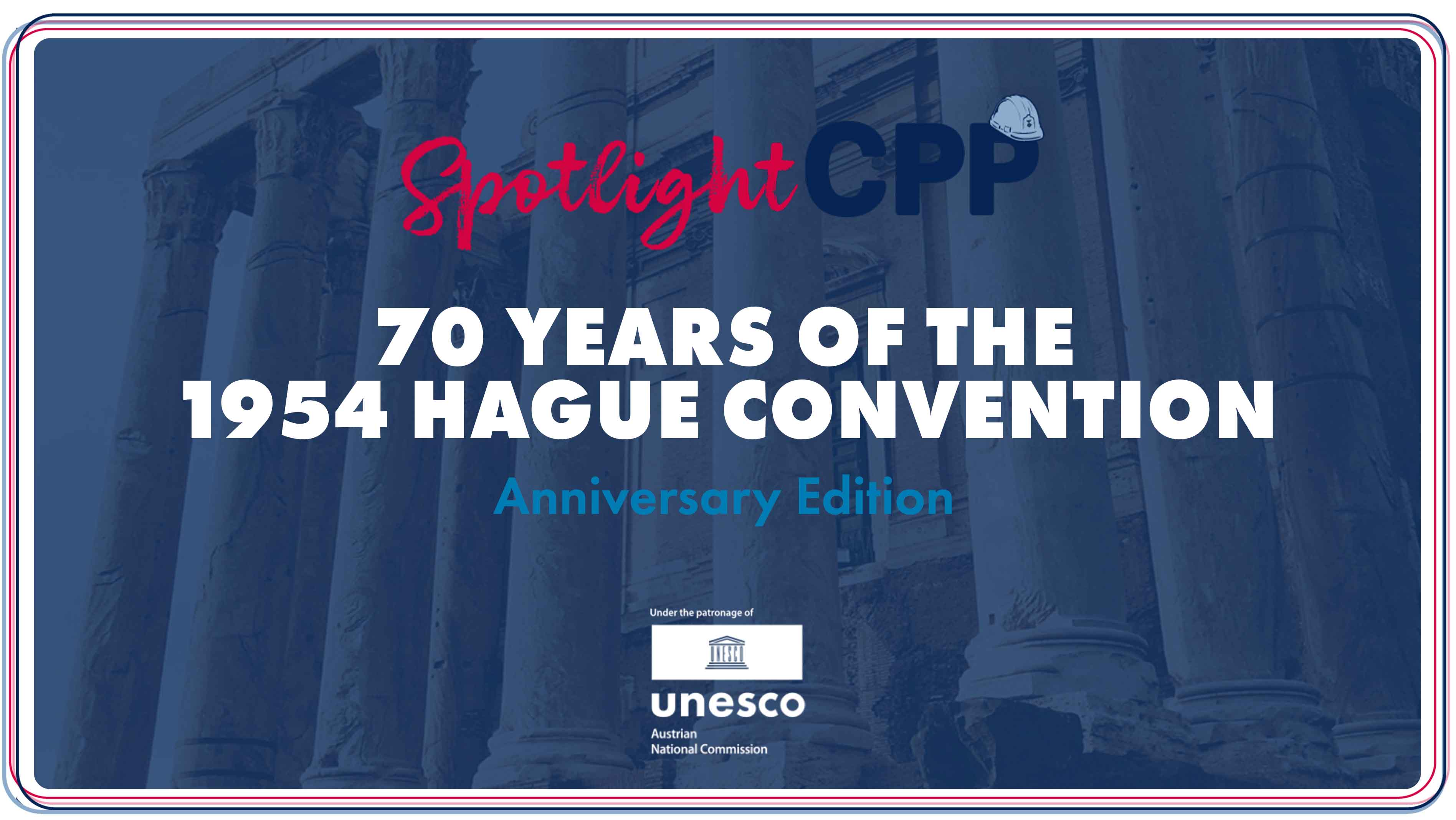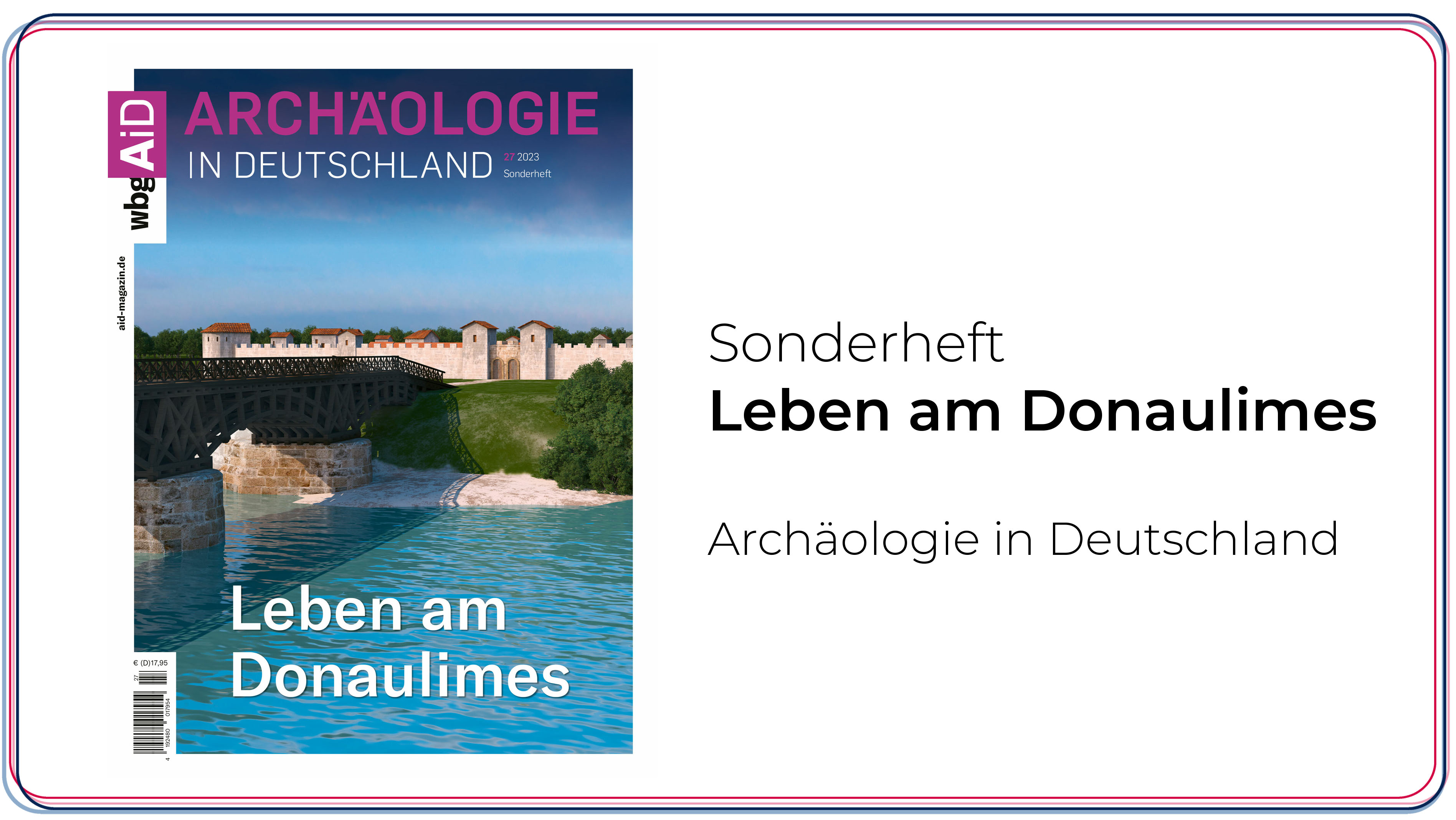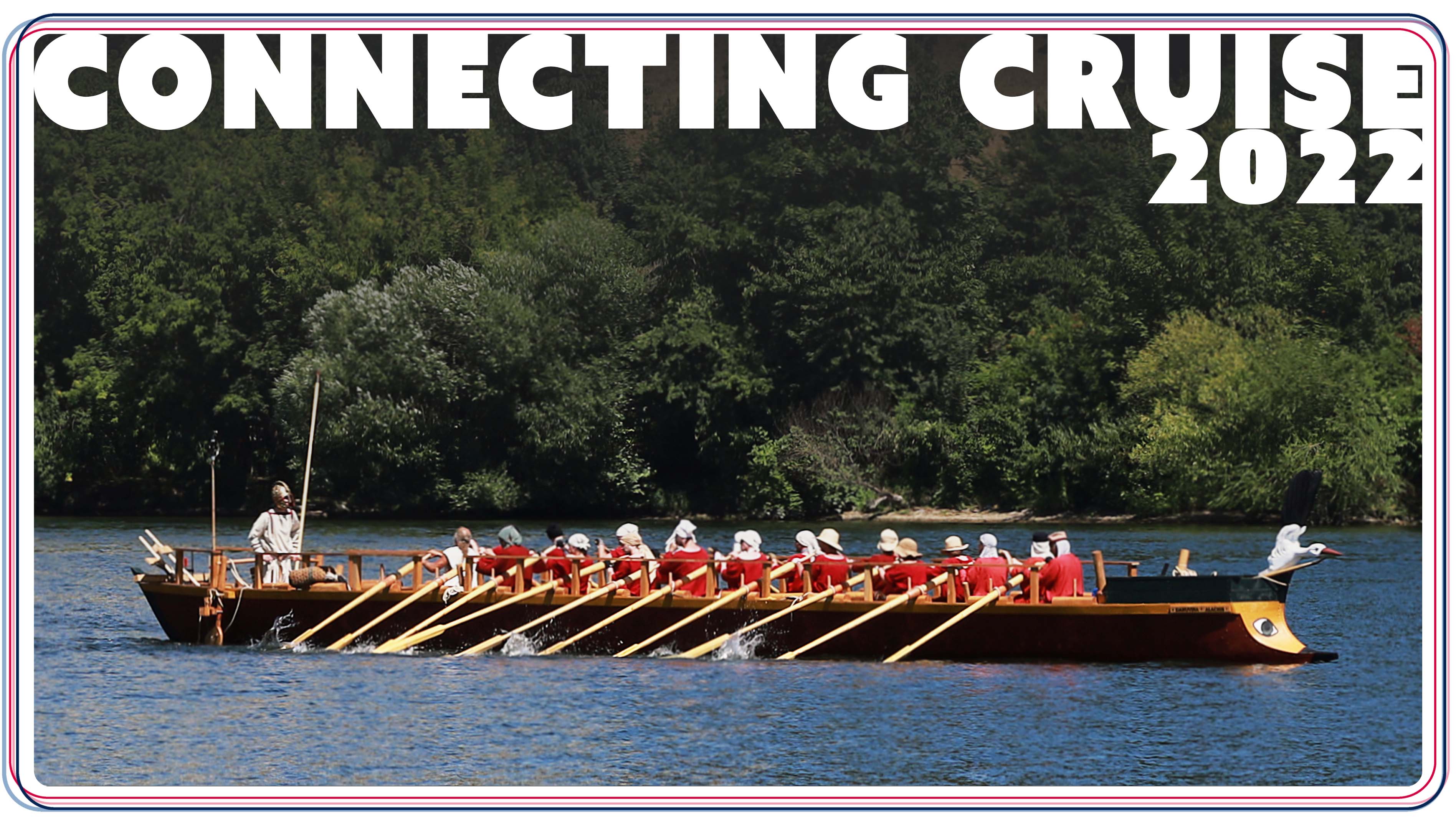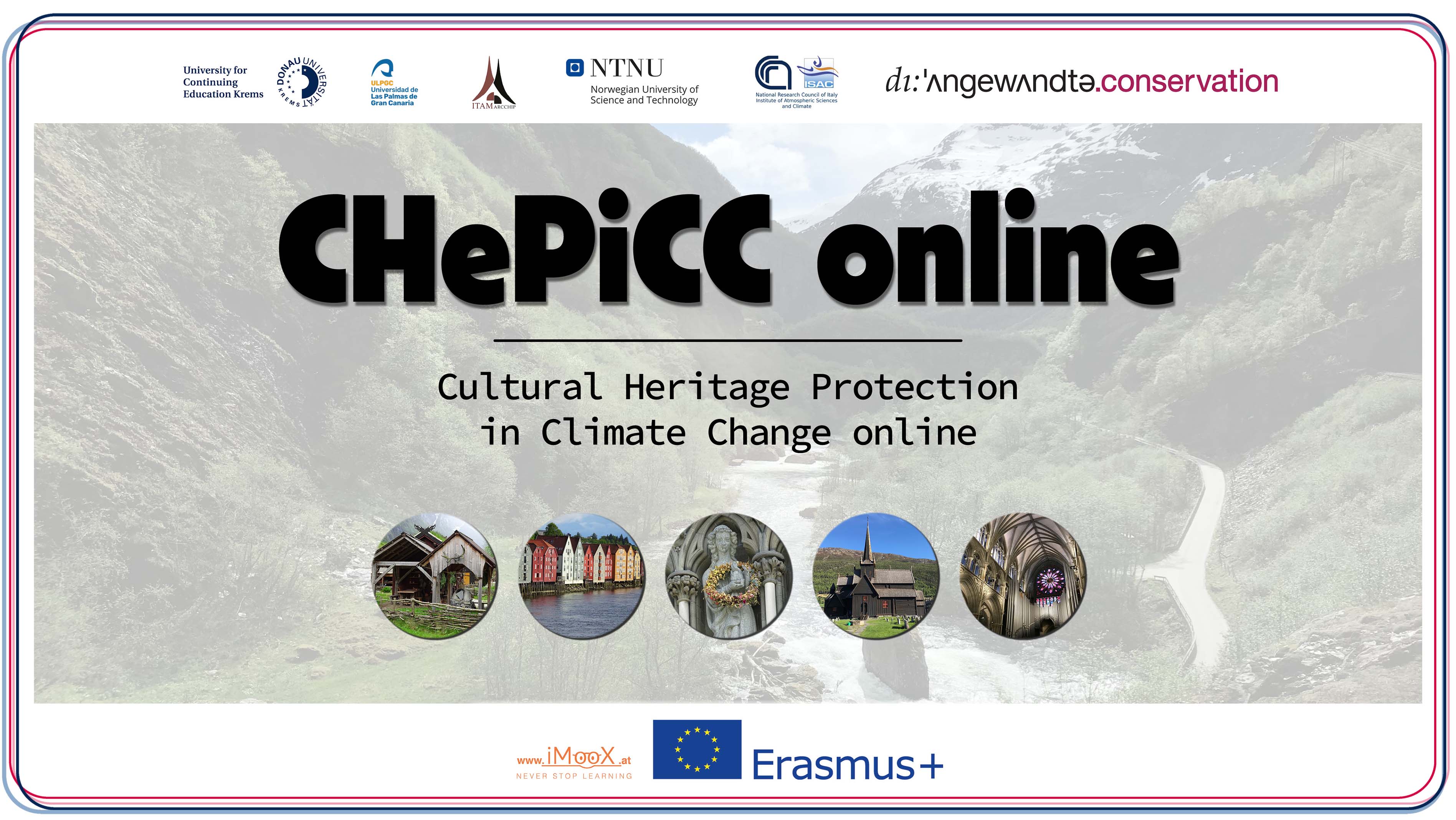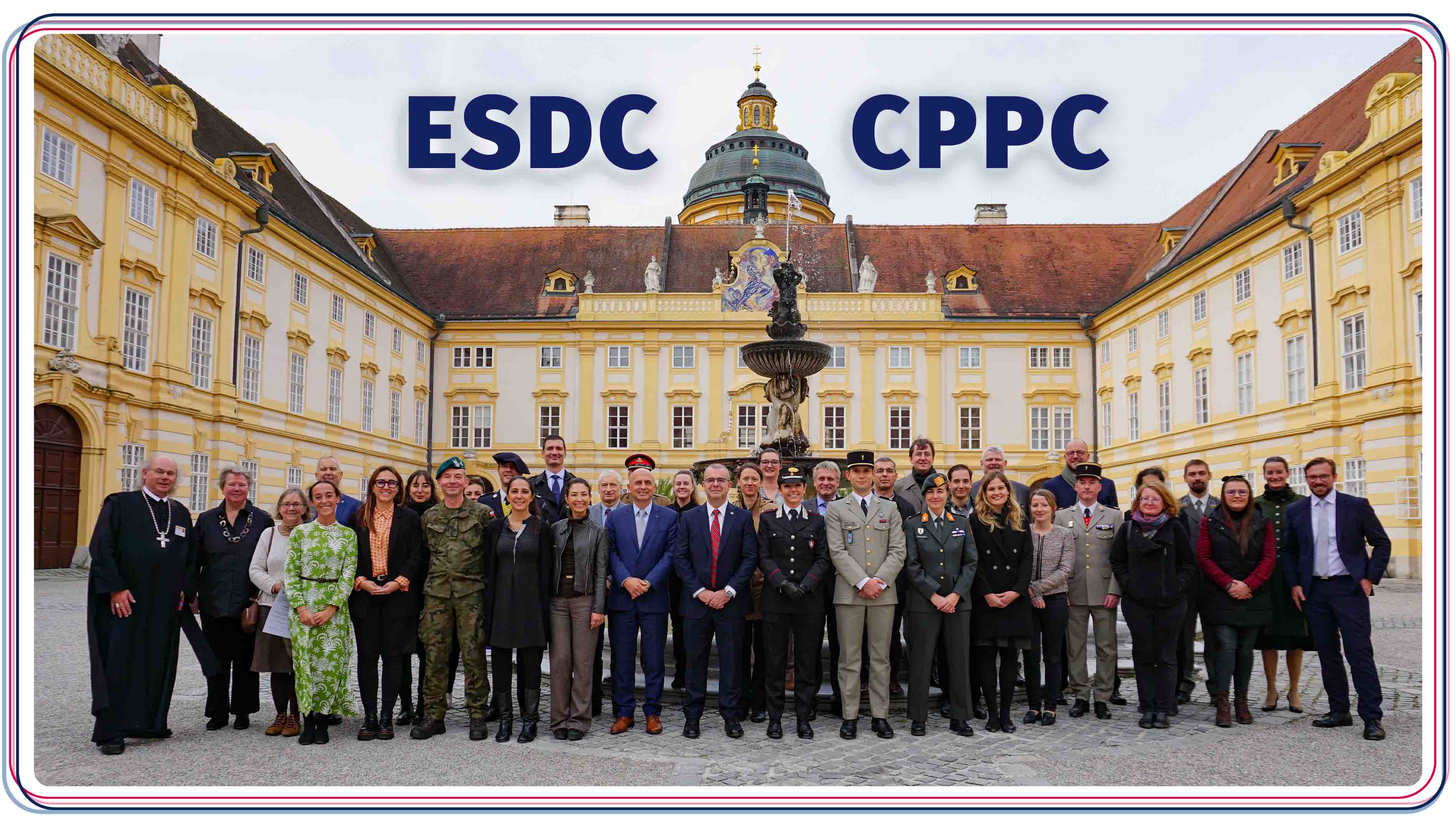
Armed conflicts, intentional destruction of cultural property as an act of terrorism, vandalism and neglect, natural disasters such as floods or earthquakes, but also man-made crises endanger and destroy our irreplaceable cultural heritage.
At the Center for Cultural Property Protection, we aim to establish the protection of cultural property as a university discipline and to raise awareness of the importance and the impact of this subject for society as a whole, both at the level of research and teaching. In applied research projects we work on concrete measures for the protection of cultural property.
Our objective is to contribute to the preservation of cultural identity and to enhance the awareness of cultural heritage as well as the protection of tangible (movable and immovable) and intangible cultural property in the face of current threats.

At the Center for Cultural Property Protection, we develop strategies against the greatest threats to movable and immovable cultural heritage – from war to natural disasters. Our focus lies on prevention and close cooperation between the cultural sector and emergency responders. Cultural property protection can only succeed together.
Asst. Prof. Anna Kaiser
Head of Center for Cultural Property Protection
The Center
The Center for Cultural Property Protection (ZKGS) was founded at the end of 2015 at the University for Continuing Education Krems. It is part of the Faculty of Education, Arts and Architecture, more precisely the Department for Arts and Cultural Studies (DKK) and is located on the campus of the Danube University Krems - at the gateway to the Wachau World Heritage Site. It has existed in its current structure since July 2023.
Our Mission & Aims
Our cultural heritage is exposed to a range of risks: Natural disasters, climate change, intentional or indirect human impact not only threaten lives, but also cause damage to cultural property or even irreparable loss of our cultural heritage. The preservation and protection of cultural property therefore require effective management and safeguarding measures. Strategies before, during and after a disaster are essential to avoid risks or minimise damage.
Our aim is to reconnect cultural heritage with society, to raise awareness of its significance, shared values and identities, and to empower (future) generations to protect cultural heritage and identity for the future.
Our Core Competencies
At the Center for Cultural Property Protection, we take an interdisciplinary, holistic and practice-oriented approach to the various aspects of cultural property protection. We deal with legal principles in the context of practical requirements; our basic research is contrasted with applied approaches and practical exercises in cooperation with emergency responders.
Current issues are reflected in our research projects:
- Cultural Property Protection in Climate Change
- Disaster preparedness for museums, archives, libraries and repositories
- Illegal trade in cultural property
- Sustainable and resource-friendly use of the tourism and economic potential of cultural property
- Risk management and emergency strategies for cultural property
- Artificial Intelligence and Open Source Intelligence in the protection of cultural property
- Raising awareness of the value and relevance of cultural heritage
The teaching offered by the Center for Cultural Property Protection is strongly research-based and includes a number of programmes of varying duration and thematic focus. Legal aspects are covered as well as the psychological and anthropological significance of culture, collections and inventories, threat scenarios, crisis management and leadership procedures in direct cooperation with emergency responders.
Our one-week summer/winter schools, which are embedded in ongoing research projects, are very popular, as well as our large-scale cultural heritage protection exercises, which are conducted in a variety of settings with blue-light and cultural property protection organisations.
Our Cooperations
For professional discourse, we are in close exchange with renowned colleagues from other universities, museums, archives and libraries on a national and international level. Our efficient and continuous cooperation with relevant institutions and organisations in the field of cultural property protection, such as UNESCO, NATO, the European External Action Service, the military and civilian missions of the EU and the UN, ICOM, the Federal Ministry for Internal Affairs, the Federal Monuments Office, the Austrian Armed Forces and Armed forces and civil defence organisations of partner nations, E-RIHS and the Austrian Society for the Protection of Cultural Property - to name but a few - ensures the practical implementation and further development of the concept of cultural property protection as well as a regular exchange of knowledge and expertise.
At the Center for Cultural Property Protection, we make our extensive expertise available to private persons, public institutions and international organisations.
News & Events of the ZKGS
Publications
Kaiser, A. (2025). Exercises as part of a holistic approach to education and training in cultural property protection. In: Szuniewicz-Stepien, M., Wyzwania dla ochrony dóbr kultury w czasie konfliktu zbrojnego– 70-lecie konwencji haskie: 191-207, Wydawnictwo Akademickie AMW, Gdynja
Kaiser, A. (2025). Kulturgüterschutz im 21. Jahrhundert. Die militärische Perspektive. ZÖR Zeitschrift für öffentliches Recht, 80/2025: 151-167
Canesi, L.; Sardella, A.; Vogler, R.; Kaiser, A.; Vaccaro, C.; Bonazza, A. (2024). Hazard Analysis and Vulnerability Assessment of Cultural Landscapes Exposed to Climate Change-Related Extreme Events: A Case Study of Wachau (Austria). Heritage, 2024/7: 1917-1934
Kulturgüterschutz
Gesellschaft für Landesverteidigung und Sicherheitspolitik in Niederösterreich, 26/03/2025
Gemeinsame Ausbildungen als Schlüssel zum Erfolg
Jahrestreffen Notfallverbund österreichischer Museen und Bibliotheken, 25/03/2025
CPP Exercises as Interface between Heritage, Military and Emergency Responders
International Conference Cultural Property Protection – Meeting Requirements across the Forces, 11.-13. November 2024, 12/11/2024
